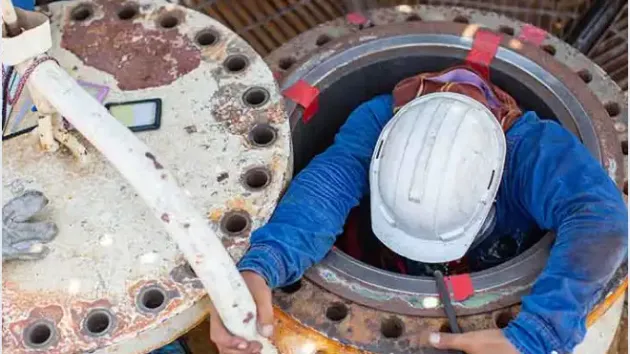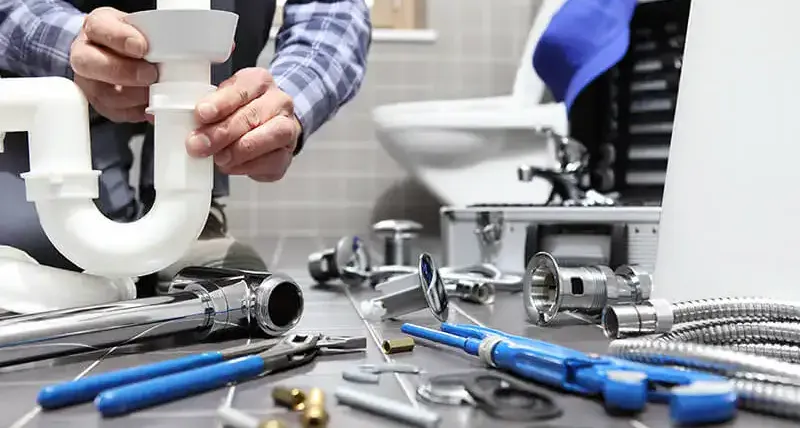Introduction
Plumbing is an essential aspect of every construction project and a necessity for the maintenance of both residential and commercial buildings. Yet the work itself can be dangerous and, in the absence of proper training, can even lead to life-threatening injuries. To maintain their safety, plumbers must be aware of the hazards associated with their line of work, as well as rigorously trained to handle these risks.Potential Hazards
The most common risks associated with plumbing include, but are not limited to:
Exposure to Asbestos and Other Hazardous Substances.
Although asbestos is gradually being eliminated from most construction projects, plumbers continue to be exposed to this dangerous material when they are required to work in existing buildings with an unknown history. Throughout the world, prolonged exposure to asbestos in the workplace is the leading cause of respiratory death. As such, it is essential that plumbers are aware of the dangerous nature of this substance and taught how to protect themselves while working with or around it.Exposure to Biohazards.
In addition to working in the proximity of lead, silica, mould, sulfur dioxide, adhesives, and other hazardous materials, plumbers are also exposed to biohazards such as human and animal blood, bodily fluids, and waste. This is of particular concern for employees working on sewage pipes and septic tanks, cleaning up after a flood, or laying new pipes in the ground.Working in Confined Spaces.
Boilers, sewers, storage tanks, pipes, ducts, and pits are all confined spaces that plumbers may be required to access for maintenance and repairs. While inside, the primary danger faced by employees is lack of proper oxygenation, but additional risks – such as a contaminated atmosphere, unattended equipment, highly flammable materials, awkward working postures, and others – must be given careful consideration before any task is carried out.Accidental Falls.
Especially on construction sites, plumbers may be required to work at dangerous heights, often without appropriate training. The risk of serious injury and even death is highest among employees who are not aware of or able to use fall arrest systems in case of an emergency. As such, all plumbers should have access to the necessary safety training before being allowed to work at heights.
Incident Prevention
Incident prevention is a two-fold process in the plumbing sector. The first important step to reduce the number of work-related accidents is to properly train all plumbers. Many of the dangers that employees face in this industry are not obvious. As such, workers may not be aware of the hazards associated with their tasks and thus unable to protect themselves.
Personal protective equipment plays an equally important part in the safety of plumbers. For example, the correct use of respirators can greatly reduce the risk of exposure to asbestos and other airborne contaminants. Where biohazards are concerned, full-bodied protective clothing can perform a similar role, provided that its is aptly used and maintained.
In the case of both confined spaces and working at height, rigorous pre-planning can help workers avoid unnecessary risks. For instance, a plumber must be aware of the exact nature of a confined space prior to entering the latter. This can help them use the correct protective gear and respond immediately in case of an emergency.
Recommended Safety Courses



What You Can Do to Stay Safe
As a plumber, you must first become aware of the risks commonly associated with your profession before you can ensure your safety at work. Across all jurisdictions in Canada, it is the responsibility of your employer to provide access to the necessary safety courses for you and your co-workers. Your responsibility, on the other hand, is to attend these courses and apply the strategies you learn during your training in your daily routine.
For a complete list of safety courses that are most suitable for your line of work, please visit our Construction industry page and navigate to your specific job.



